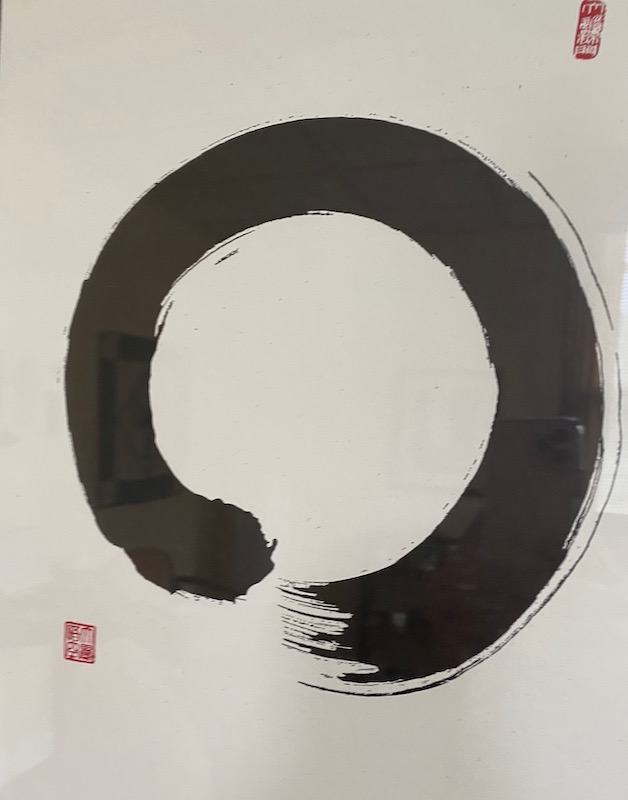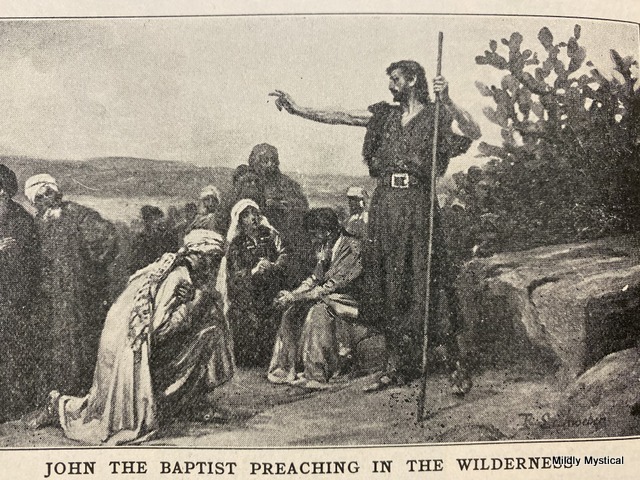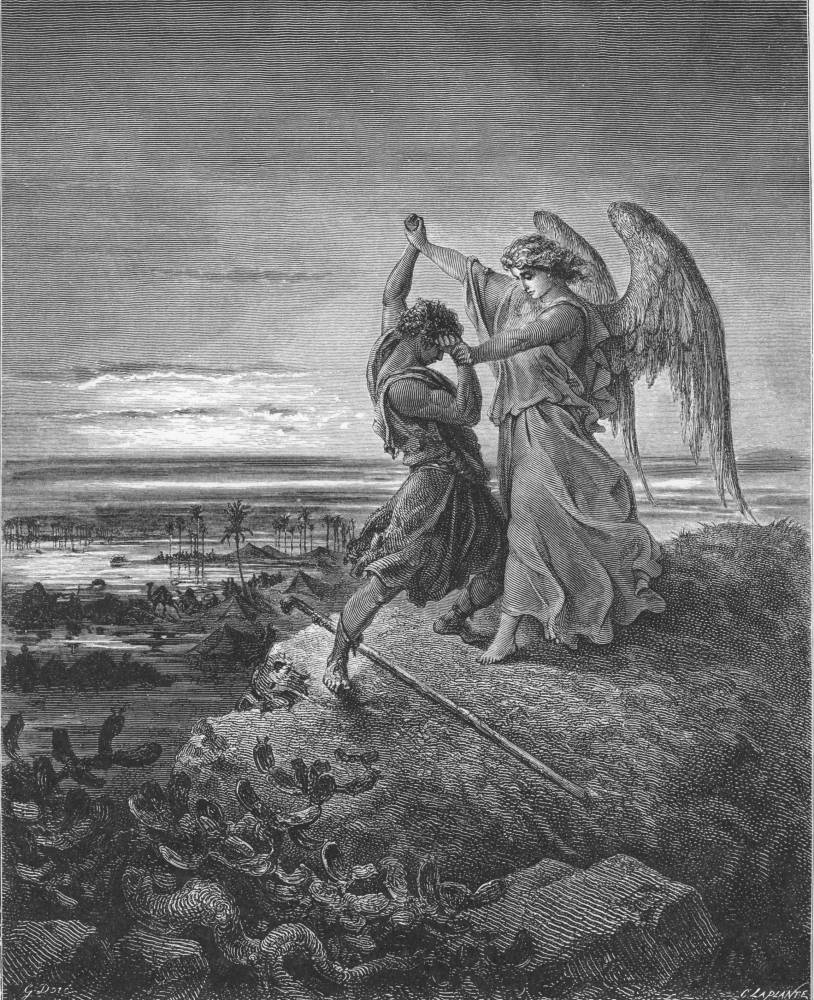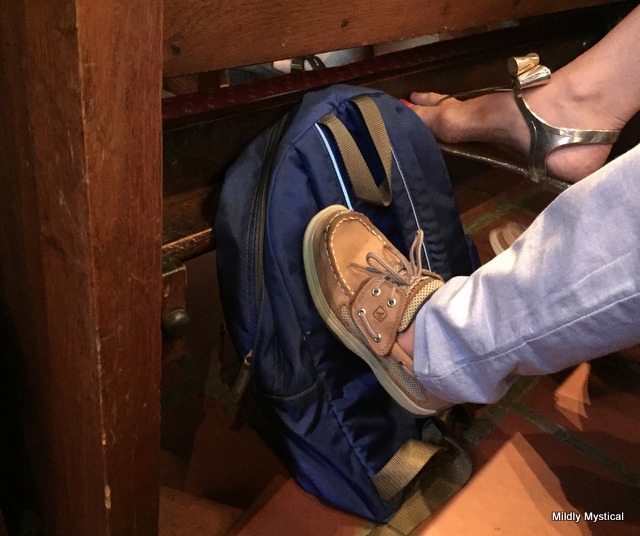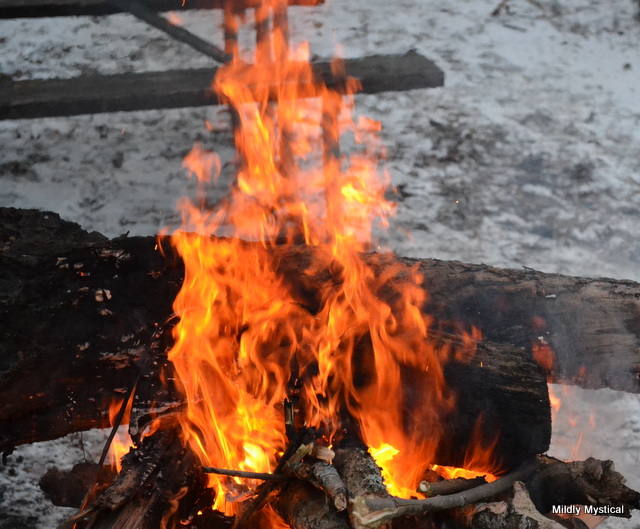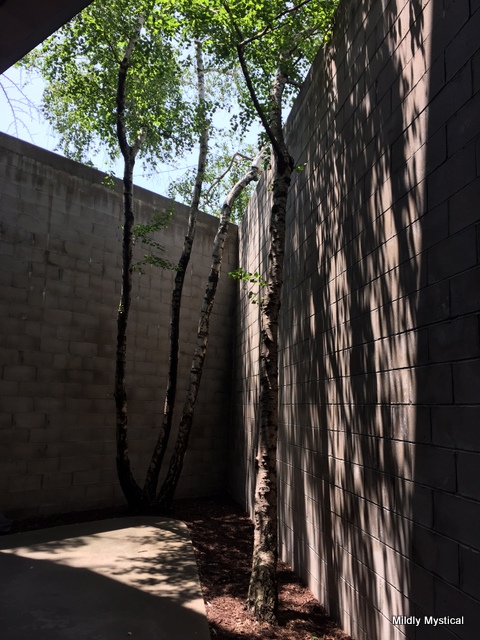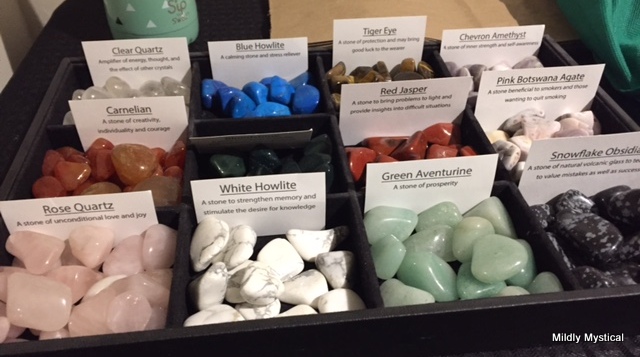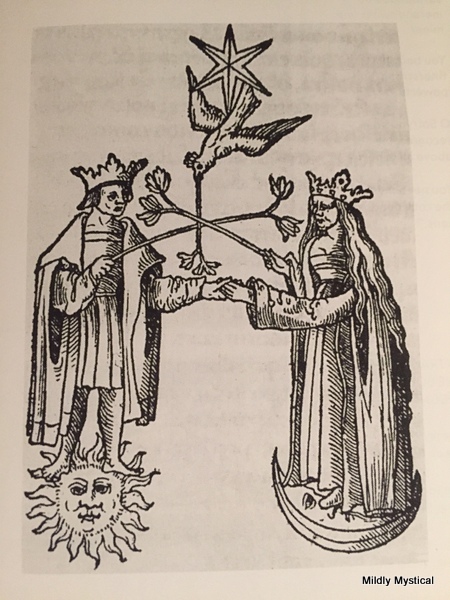Excerpt from a letter to those whom I see in my practice. I offer it here to support and encourage others as well.

This is a time to take especially good care of your inner life, just as you follow recommendations for staying physically healthy. Notice what’s happening inside and hold it with kindness and self-compassion. By supporting ourselves in this way we allow emotions to release, rather than have them set up camp and impede our lives. Listed at the bottom of this note are a few online resources you might find helpful in these times.
These days I’m making an effort to be aware of how I’m resisting the current circumstances of my life, and gently inviting that resistance to ease. I’m trying to cultivate the practices that help me engage with others in a calm and grounded way, and to make time and space for the things that help me feel more resourceful and present. Walking in my neighborhood, meditating, listening to music, talking with friends, digging in the dirt, reading, and writing all make a difference for me. I’m seeing how important it is to take a break from the news and allow times of quiet when I can rest, inviting a sense of the greater Presence.
I’m also holding the question of what I might be able to offer as we make the changes coming in the next few weeks and months. I trust that what we’re going through together can create space for reshaping of our culture in a positive way, and I’m curious about how I might help that happen. I’m open to experiencing this time of withdrawal as a chance to reconnect with what is most important. And at the same time, I’m appreciating my connection with others as a primary value in my life.
It’s important to remember that we are not alone. We are in this together, and I believe we are inseparable from the One for whom there are a thousand names. The sacred ground of being holds us in love and sustains us through everything that happens.
I hope you and your loved ones are well, and wish you peace as you navigate this unsettled time.
With love,
Susan
Here are the online resources I mentioned:
For those able to claim space and time at home, this is about creating a half-day retreat:
This is a beautiful site operated by Irish Jesuits. It takes you through a prayer that changes daily:
https://www.sacredspace.ie/daily-prayer
This is a list of mindfulness and meditation apps:
https://www.healthline.com/health/mental-health/top-meditation-iphone-android-apps#buddhify
This is a nine-day course called Novena for Times of Unraveling:
https://onlineretreats.abbeyofthearts.com/courses/54/overview
These are practices for cultivating self-compassion from Kristin Neff:
https://self-compassion.org/category/exercises/
These are instructions for meditation not connected with religion:
These are instructions for doing Centering Prayer:
Here’s a list of virtual museum visits:
If you provide your email, you can access this list of virtual gallery tours:
https://www.travelandleisure.com/attractions/museums-galleries/museums-with-virtual-tours
These are online art lessons for kids:
And with your email, a sketchbook revival virtual workshop:

